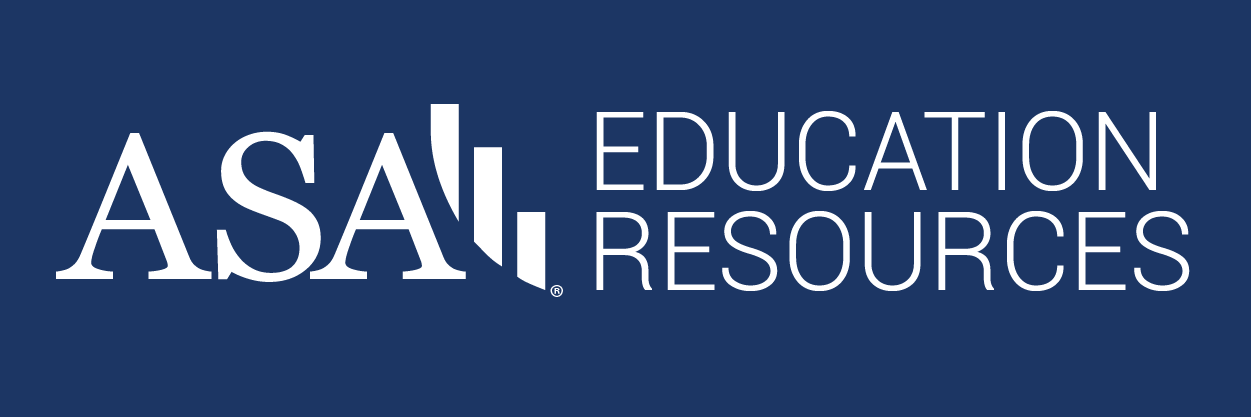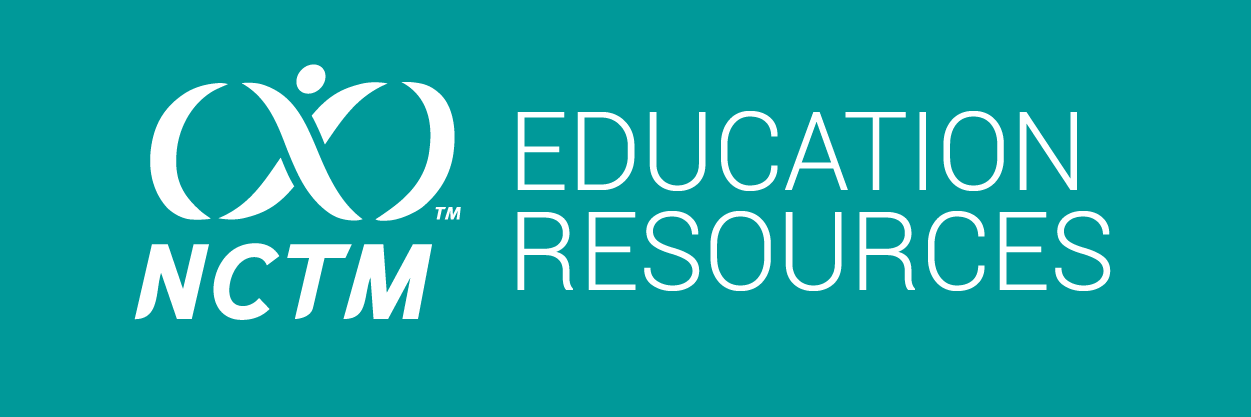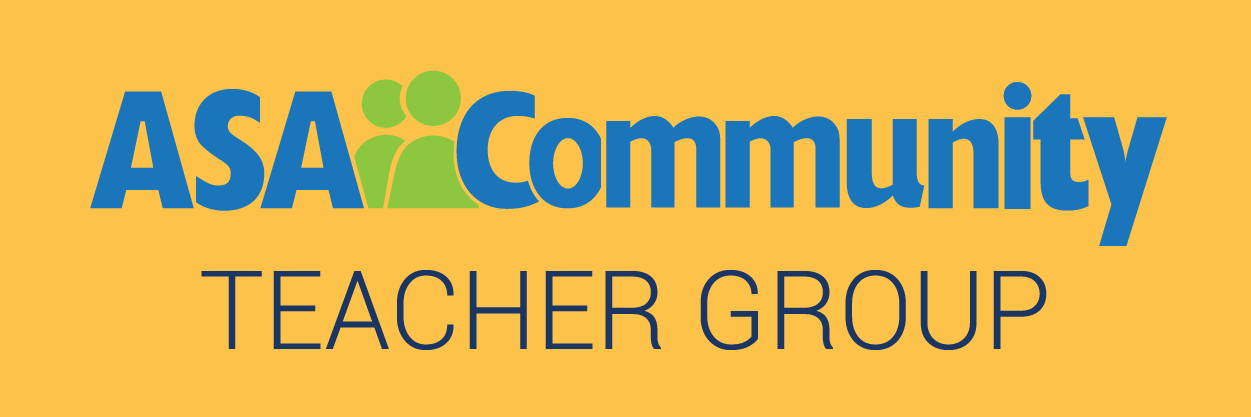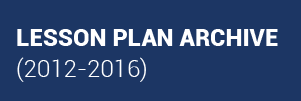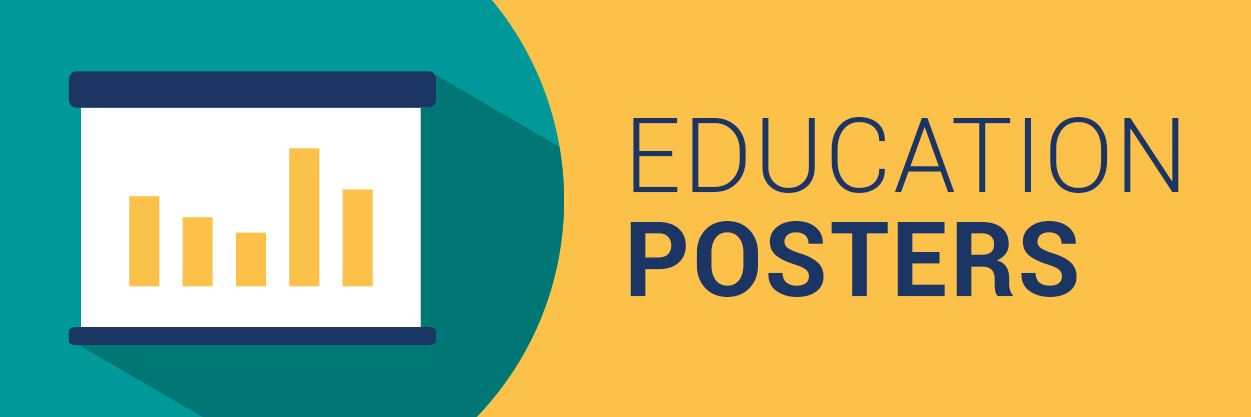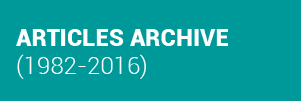ASA/NCTM Joint Committee Members Share Favorite Resources, Ideas

Joshua Sawyer, NCTM/ASA Joint Committee on K–12 Education on Statistics and Probability Chair, and AnnMarie Cunningham, Pueblo West High School
Data-Driven Minds: Prepping Students for a Smarter Future
How can teachers design data-centered classrooms to empower their students? What strategies and tools can help increase data literacy and data science in K–12 education? How do teachers bring a focus to data-centered instruction in their math classrooms? How can data science be related to music and cooking? These topics and more are discussed in the July episode of Adding It All Up, sponsored by the National Council of Teachers of Mathematics.
Mahmoud Harding from Data Science 4 Everyone and Joshua Sawyer, chair of the NCTM/ASA Joint Committee, discuss ways to empower students and teachers to understand how data and statistics affect K–12 instruction. The conversation leads to strategies for engaging all students with data—from elementary to high school—and provides suggested tools for teachers to build their capacity to understand data science and data literacy.
The Power of Hallway Collaborations
Pueblo West High School has one AP Statistics, one IB Analysis, and one IB Applications teacher. To avoid feeling like they are teaching in isolation, they try to teach in isolation together. They do this by having hallway collaborations. These are quick conversations between classes when they need to bounce ideas off someone, compare courses, or talk about what they’re seeing in their classrooms.
Soon their hallway conversations will be devoted to mentoring students on their internal assessment papers. AnnMarie Cunningham is not an International Baccalaureate teacher, but she knows students who can properly analyze data inferentially can score better than those who only use descriptive statistics.
Since the mentoring is an annual event, Cunningham and her colleagues have the following list of items they ask students to think about before they collect data, while they’re analyzing data, and when they are ready to write their papers.
- Relevance and Curiosity—Pick a topic that you are curious about. What problem could be solved by collecting this data? Who would this information be useful to?
- Measuring and Precision—What are you going to measure? How are you going to measure? Can you measure consistently? How can you conduct a random sampling?
- Repetition—Is your sample size large enough to draw any conclusions? Collect data and more data. (This one is crucial because students don’t always collect enough data. Some figure this out too close to the deadline. It’s usually difficult for them to recreate their experiments under the same conditions a second time.)
- Analysis—What kind of data did you gather? What would be an appropriate hypothesis test to conduct? What significance level will you be using? What mistakes have been made? How could you revise your methods to make the results better next time? Are your results valid?





